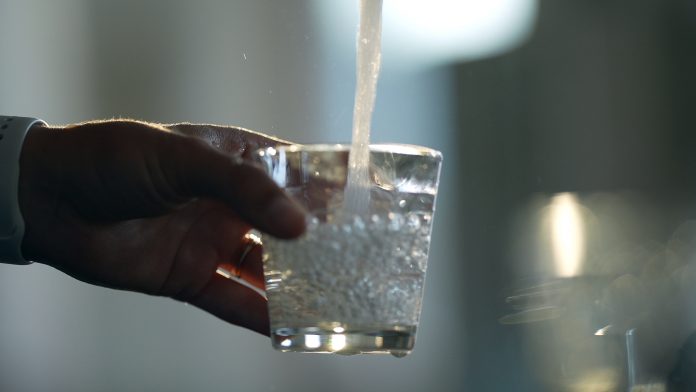USI rallies at SIUE for third straight win
EDWARDSVILLE, Ill. – University of Southern Indiana Women’s Basketball fought back from a sizable first-half deficit Thursday night to open its three-game road swing with a 69-65 victory against Southern Illinois University Edwardsville.
USI, which began its second three-game road trip of January, picked up its third consecutive win to improve to 15-5 overall and 7-2 in Ohio Valley Conference play. The win allowed Southern Indiana to maintain its position in a four-way tie for second in the conference standings and two games back of OVC-leading Eastern Illinois University, who the Screaming Eagles will compete against on Saturday. SIUE dropped to 3-15 on the season and 1-8 in the OVC.
SIUE came out of the gates with seven straight points in the first quarter. USI sophomore guard Triniti Ralston got Southern Indiana on the scoreboard three and a half minutes into the contest with a layup off a steal. Ralston later scored again off a takeaway. SIUE ended the first period on another small run to lead 19-4 through 10 minutes.
The Cougars’ lead climbed to 20 before graduate guard Lexie Green drained a three from the wing at the 7:27 mark of the second quarter. Green added a layup seconds later. Two triples in the middle of the second by graduate forward Meredith Raley and sophomore guard Sophia Loden helped USI cut the deficit down to 11, 27-16, with a little over three minutes left in the first half. However, SIUE’s hot shooting from long range, totaling six treys in the first half, helped keep the Cougars in front, 32-18, going into halftime.
Southern Indiana made a run out of halftime to trim the deficit down to eight, 35-27, three and a half minutes into the second half. Graduate forward Madi Webb scored five straight points in the process. SIUE answered and caught fire from three again to go back ahead by 17, 46-29. The Screaming Eagles responded as Webb continued her strong run, and USI converted at the free-throw line to trail only by eight, 51-43, going to the fourth period.
USI’s momentum carried over into the start of the fourth with a three-point play by Raley. Just over two minutes into the frame, Loden drained a three to knot the game at 54. The two sides would tie up twice more over the next 90 seconds. Just as SIUE went back up by four, 62-58, near the four-minute mark, the Eagles continued to fight with back-to-back layups from Loden. Webb and USI had to tie the game once more inside of two minutes, 64-64. After that, Southern Indiana grabbed its first lead at the foul line, 66-64, with 1:37 left on the clock. USI would go on to complete its largest comeback win of the season with three more free-throw conversions.
Southern Indiana shot 41 percent (24-58) for the game, 27 percent (4-15) from three, and 77 percent (17-22) at the free-throw line. USI was plus two on the glass and outscored SIUE in the paint 36-18. The Eagles scored 26 points off 17 SIUE turnovers. USI matched a season low with 11 turnovers, seven of which came in the first quarter.
Individually, Loden set a new career mark with a game-high 18 points on 8-9 shooting to lead four Screaming Eagles in double figures. Raley was second in scoring with 14 points. Webb faced off against her former program once again and posted 12 points. Ralston recorded 10 points.
SIUE went for 42 percent (25-59) from the floor, including 39 percent (12-31) from beyond the arc. The Cougars made three of their five free-throw attempts. Three Cougars finished in double figures. Graduate guard KK Rodriguez and sophomore guard Ava Gugliuzza had 14 points each.
The Screaming Eagles continue their trek in Illinois on Saturday with a stop at Eastern Illinois. Saturday’s contest tips off at 1 p.m. from Charleston, Illinois. The game can be seen on ESPN+ and heard on The Spin 95.7 FM.











